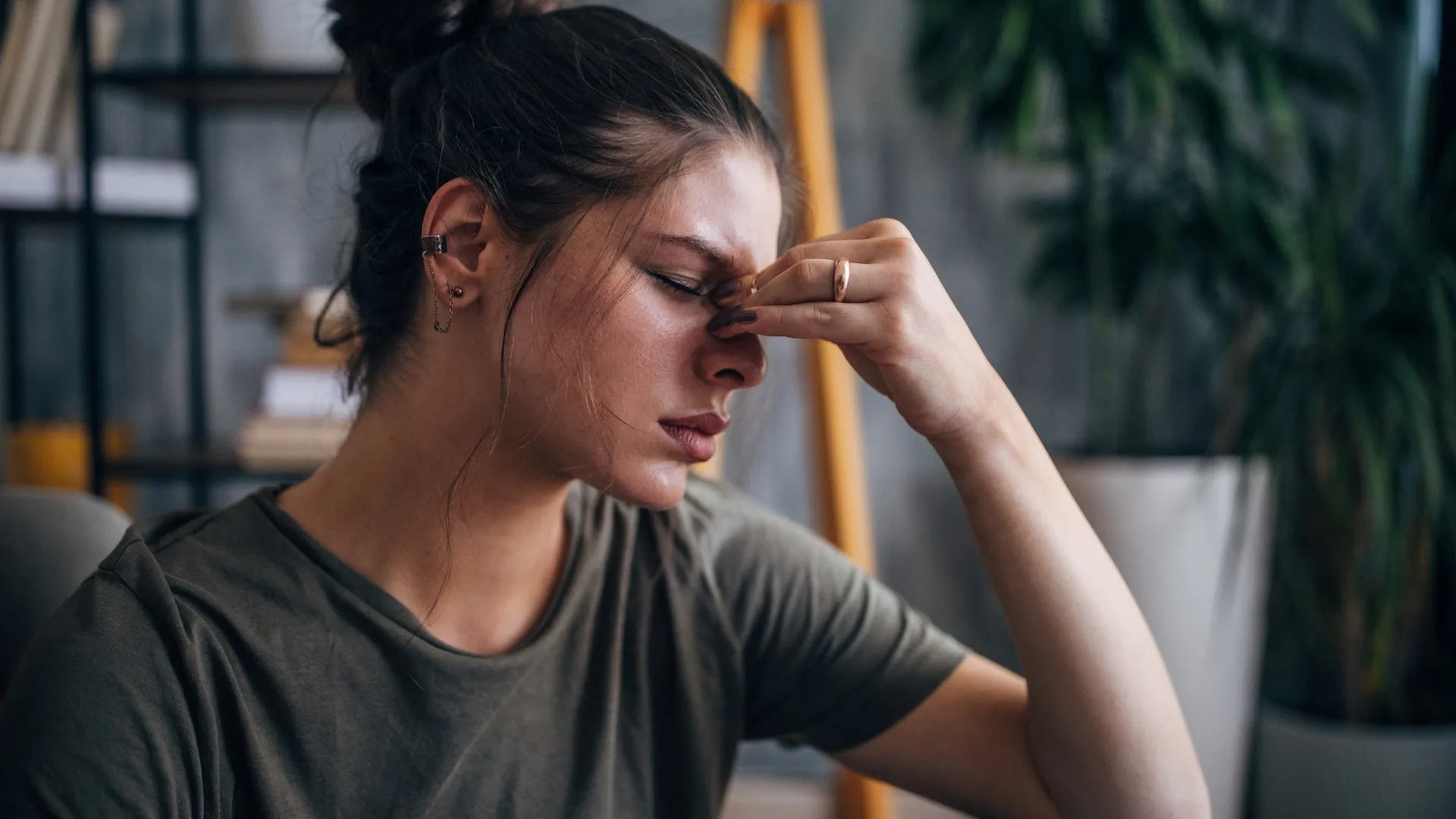The Mystery Behind Caffeine Withdrawal Headaches
Many of us rely on that daily cup of coffee or tea to kickstart our day. But what happens when we skip it? For some, the dreaded caffeine withdrawal headache sets in. While the exact reasons remain somewhat mysterious, researchers have several theories about why this occurs.
Possible Causes of Caffeine Withdrawal Headaches
Here are a few ideas that scientists are exploring:
- Blood Vessel Changes: Caffeine is known to constrict blood vessels in the brain. When you stop consuming caffeine, these blood vessels may dilate, increasing blood flow and potentially causing pain.
- Adenosine Build-Up: Caffeine blocks adenosine, a neurotransmitter that promotes relaxation. When caffeine is removed, adenosine can surge, leading to increased nerve activity and headache sensitivity.
- Brain Activity Fluctuations: Regular caffeine consumption can alter brain activity patterns. Abruptly stopping caffeine intake may disrupt these patterns, triggering withdrawal symptoms like headaches.
Managing Caffeine Withdrawal Headaches
If you’re trying to reduce your caffeine intake, here are a few tips to minimize headaches:
- Taper Gradually: Reduce your caffeine consumption slowly over time rather than stopping abruptly.
- Stay Hydrated: Drink plenty of water, as dehydration can worsen headaches.
- Over-the-Counter Pain Relief: Use over-the-counter pain relievers like ibuprofen or acetaminophen as needed.
- Get Enough Sleep: Ensure you’re getting adequate sleep, as fatigue can exacerbate headaches.
Final Overview
Caffeine withdrawal headaches are a common and often unpleasant experience. While the exact mechanisms aren’t fully understood, the leading theories involve changes in blood vessels, adenosine levels, and brain activity. By tapering caffeine intake, staying hydrated, and using pain relievers when necessary, you can manage and minimize these headaches.




+ There are no comments
Add yours